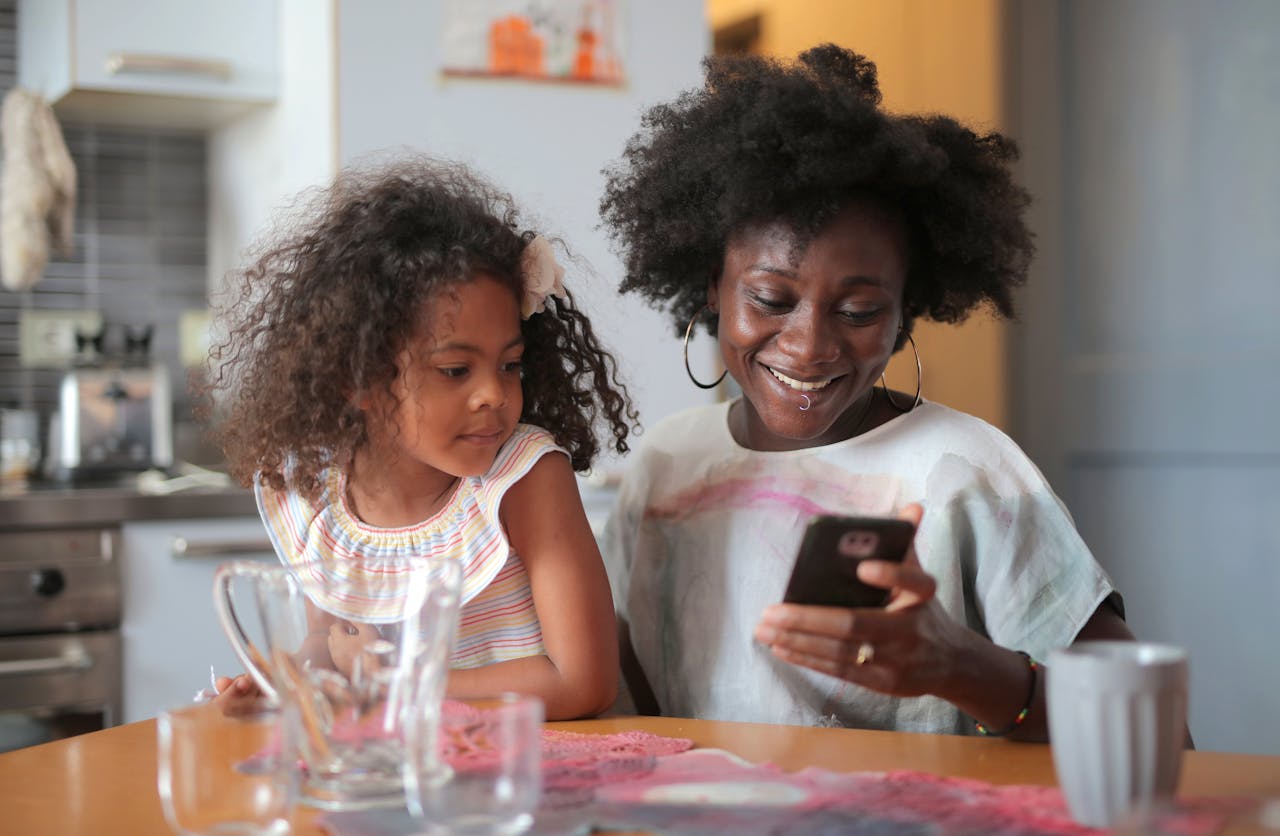In today’s hyper-connected world, screen time is a part of daily life for both adults and children. Whether it’s cartoons, educational apps, video games, or YouTube videos, screens are everywhere. But when it comes to kids, how does screen time impact their sleep? What should parents do to ensure restful nights and healthy screen habits?
This in-depth, pediatrician-approved guide explores how screen time affects children’s sleep patterns and offers expert-backed advice on creating balanced routines. With the rise of concerns about digital exposure and its consequences, this blog is here to help you make informed choices that support your child’s development and well-being.
Why Sleep Is Vital for Children
Sleep is one of the most important building blocks of a child’s health. It affects brain development, learning, emotional regulation, immune function, and physical growth. According to board-certified pediatricians, children require more sleep than adults to support their rapid physical and mental development.
Here’s a quick reference of how much sleep children need:
- Infants (4–12 months): 12–16 hours/day (including naps)
- Toddlers (1–2 years): 11–14 hours/day
- Preschoolers (3–5 years): 10–13 hours/day
- School-age children (6–12 years): 9–12 hours/day
- Teens (13–18 years): 8–10 hours/day
Chronic sleep deprivation can lead to a range of health concerns such as behavioral issues, weakened immunity, attention difficulties, and even developmental delays.

What Counts as Screen Time?
Screen time refers to any period a child spends interacting with a screen. This includes:
- Watching television or streaming videos
- Playing video games
- Using a tablet or smartphone
- Browsing the internet
- Video chatting or using educational apps
While some screen time can be educational or social, excessive or poorly timed use can interfere with vital routines, especially sleep.
How Screen Time Affects Sleep
Research shows that screen time—particularly before bed—can significantly disrupt children’s sleep. Here’s how:
1. Delayed Sleep Onset
Children who spend time on screens before bedtime may find it harder to fall asleep. The stimulation from screen content keeps the brain alert and active, delaying the natural onset of sleep.
2. Reduced Sleep Duration
Long hours in front of screens cut into sleep time, leading to insufficient rest.
3. Poor Sleep Quality
Screen time can cause frequent night wakings and fragmented sleep, making rest less restorative.
4. Circadian Rhythm Disruption
The light emitted from screens—particularly blue light—disrupts the body’s internal clock, confusing sleep and wake cycles.
Blue Light Exposure and Its Effects on the Brain
Digital screens emit blue light, a high-energy visible light that suppresses the production of melatonin, the hormone responsible for regulating sleep. When children are exposed to blue light in the evening, it sends signals to the brain that it’s still daytime, making it harder to feel sleepy.
This delayed melatonin release can:
- Prolong the time it takes to fall asleep
- Reduce total sleep time
- Shift the sleep cycle (going to bed and waking up later)
That’s why pediatricians often advise turning off all screens at least one hour before bedtime.
Screen Time by Age: Pediatrician-Recommended Guidelines
Pediatricians generally recommend the following screen time limits:
- Under 18 months: No screen time (except for video chatting with family)
- 18–24 months: Limited screen time with adult supervision and high-quality content
- 2–5 years: 1 hour/day of high-quality programming
- 6+ years: Consistent limits ensuring screen use does not interfere with sleep, physical activity, and other essential behaviors
These recommendations are not just about screen content but also about timing. Avoiding screen exposure in the evening is just as critical as limiting duration.
Signs Your Child’s Sleep Is Being Affected
It can be challenging to pinpoint sleep disturbances in children, but here are some common signs of screen-related sleep issues:
- Trouble falling asleep at night
- Increased irritability or moodiness during the day
- Hyperactivity or inattentiveness
- Frequent waking during the night
- Difficulty waking up in the morning
If you notice these signs consistently, it might be time to evaluate your child’s screen habits and consult a pediatrician.
Tips to Manage Screen Time for Better Sleep
1. Set a Digital Curfew
Turn off all screens at least 60 minutes before bedtime to allow the brain to wind down.
2. Establish a Consistent Sleep Routine
Include calming activities like reading, bathing, or listening to soft music. This trains the body to recognize when it’s time to sleep.
3. Use Night Mode or Blue Light Filters
Enable blue light filters or “night shift” modes on devices used in the evening.
4. Designate Screen-Free Zones
Keep screens out of bedrooms and during meals. This not only supports better sleep but also encourages family interaction.
5. Be a Role Model
Children mimic adults. Show them that disconnecting from devices before bed is part of healthy living.
Creating a Sleep-Friendly Environment

Even with screen limits, the bedroom environment plays a huge role in quality sleep. Ensure the room is:
- Dark (use blackout curtains)
- Quiet (or use white noise machines if needed)
- Cool and well-ventilated
- Free of screens and electronic devices
Investing in a sleep-friendly environment often works hand in hand with proper nutrition. If your child struggles with eating habits, our guide on What to Do When Your Child Is a Picky Eater includes insights that might help regulate bedtime behavior too.
The Role of Nutrition, Behavior, and Routine
Nutrition can impact how easily a child settles into sleep. Foods high in sugar or caffeine (like chocolate or certain drinks) should be avoided close to bedtime. Children under one should also avoid certain foods altogether—see our blog on Foods to Avoid in Your Child’s First Year to learn more.
Regular routines also create mental cues that it’s time to unwind. These include:
- Brushing teeth
- Putting on pajamas
- Reading a book
- Quiet conversations with a parent or sibling
Over time, these habits help the brain understand it’s bedtime—without needing screens to “wind down.”
When to Talk to a Pediatrician
If you’ve tried implementing changes and your child is still struggling with sleep, it’s time to consult a board-certified pediatrician. Common reasons to seek help include:
- Persistent bedtime resistance
- Frequent nighttime awakenings
- Daytime behavioral challenges related to fatigue
- Concerns about excessive screen use
A pediatrician can evaluate underlying issues and offer tailored guidance, whether it involves modifying screen time, diet, or routines.
You can always search for a pediatrician near me to find a trusted expert who can offer one-on-one advice tailored to your child’s lifestyle and development.
Balancing screen time and sleep isn’t about banning screens entirely—it’s about creating intentional habits that promote rest, health, and mental clarity. The key takeaway? Timing and content matter just as much as how long your child spends on a device.
By following pediatrician-recommended screen time limits and sleep hygiene practices, you can set your child up for success—both during the day and at night. For more expert-backed insights, be sure to explore our full blog collection.
Remember, sleep is essential. And with the right guidance, you can navigate the digital age confidently while prioritizing your child’s well-being.
